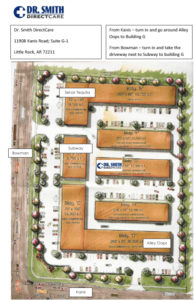Whether or not you have a diagnosis of hypertension, or are taking medication for it, measurement of the blood pressure in the physician’s office often poses problems.
For patients who don’t have known hypertension, but whose office pressures are high, their pressures are often normal when measured by them at home, using their own blood pressure devices.
For patients who have a diagnosis of hypertension, the pressure measured in the office are often not at target, leaving us with the question of whether to alter the dose or add an additional medication.
Most of the time, when this occurs, I ask the patient to measure their pressures daily, or twice daily, for 7 to 10 days and “report back”. This process usually results in a lower reading, often eliminating the need to change medication.
So, what is the core message of this observation? I believe you should take the measurement made in the physician’s office with a “grain of salt”. And you should definitely obtain a blood pressure device and be prepared to measure your pressures at home, in your own setting. Experience shows that many, if not most, patients’ blood pressure goes up, probably due to the anxious feelings patients have about visiting the physician (white coat syndrome).
Does it mean that we shouldn’t even measure the pressure when you come to see your doctor? No, we still should take the blood pressure, record it, track the trend and, also, record the patients’ readings from home. Then, we should consider all of the readings in concert in order to make the best decisions about what to do with medications.
Hypertension medications can cause serious side effects and may have long term consequences. Because of the “white coat” effect, we often run the risk of over treating hypertension. Using the approach described here, I believe we can avoid this problem and only treat your blood pressure if it is truly necessary.
